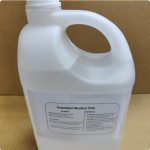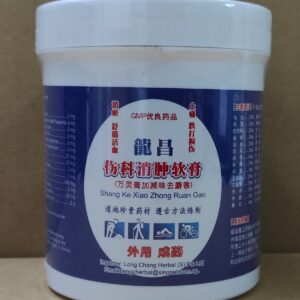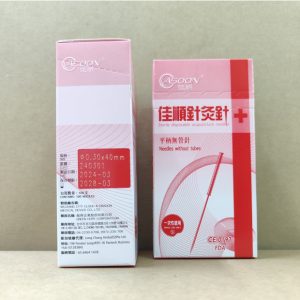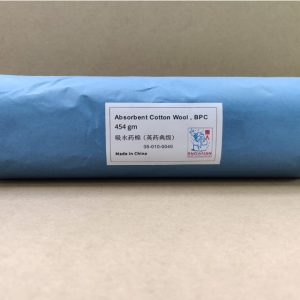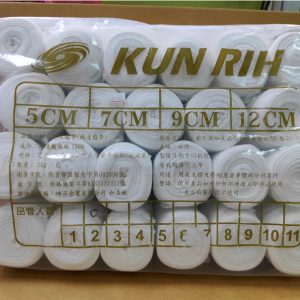- Login
- Sign Up
Description
消毒酒精,通常指的是含有70%-75%乙醇(酒精)的溶液,是一种广泛使用的消毒剂和杀菌剂。其主要作用如下: 杀菌和消毒:消毒酒精能够有效杀灭细菌、真菌和部分病毒。它通过破坏微生物的细胞膜和蛋白质,使其失去活性,从而达到消毒杀菌的效果。 皮肤消毒:在医疗环境中,消毒酒精常用于手部消毒和皮肤消毒,特别是在注射、抽血或手术前,用于清洁皮肤表面,减少感染风险。 伤口清洁:在日常生活中,消毒酒精也可以用于小伤口的清洁,以防止感染。但对于较大的开放性伤口或敏感区域,使用酒精时需谨慎,因为它可能会刺激伤口和皮肤。 使用注意事项 适度使用:虽然消毒酒精有强效的杀菌作用,但过度使用可能会导致皮肤干燥、刺激或过敏反应,尤其是在手部或频繁使用的情况下。 避免开放性火源:消毒酒精易燃,应避免在明火附近使用,使用后应确保酒精完全挥发以防火灾危险。 正确浓度:用于消毒的酒精浓度一般为70%-75%,浓度过低或过高都会影响其杀菌效果。浓度过低的酒精不能有效破坏细菌细胞膜,而浓度过高的酒精会迅速凝固细菌表面蛋白,导致其无法深入细胞内杀灭病菌。
Disinfectant alcohol, usually referred to as a solution containing 70-75% ethanol (alcohol), is a widely used disinfectant and sanitizer. Its main functions are as follows:
Sterilizing and disinfecting: disinfecting alcohol can effectively kill bacteria, fungi and some viruses. It disinfects and sterilizes by destroying the cell membranes and proteins of microorganisms, rendering them inactive.
Skin disinfection: In medical environments, sterilizing alcohol is commonly used for hand disinfection and skin disinfection, especially before injections, blood draws or surgeries, to clean the skin surface and reduce the risk of infection.
Wound cleaning: In daily life, sterilized alcohol can also be used to clean small wounds to prevent infection. However, for larger open wounds or sensitive areas, caution is needed when using alcohol as it may irritate the wound and skin.
Precautions for use
Use in moderation: Although sterilizing alcohol has potent antiseptic properties, overuse may lead to dryness, irritation or allergic reactions, especially on the hands or with frequent use.
Avoid open flames: Sterilizing alcohol is flammable, so avoid using it near open flames and make sure the alcohol evaporates completely after use to prevent fire hazards.
Correct concentration: The concentration of alcohol used for disinfection is generally 70%-75%, too low or too high a concentration will affect its bactericidal effect. Too low a concentration of alcohol can not effectively destroy the bacterial cell membrane, while too high a concentration of alcohol will quickly coagulate the bacterial surface proteins, resulting in its inability to penetrate deep into the cell to kill germs.

